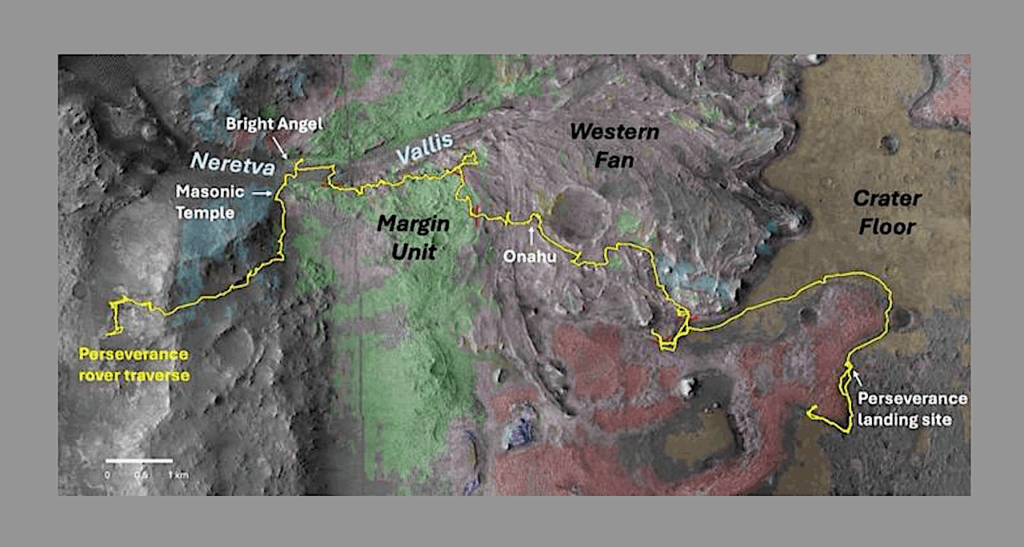RFI for Lunar Atmosphere and Dust Environment Explorer (LADEE)
The Government is seeking information regarding existing instruments (such as flight spares and engineering models) that could be quickly flight qualified, accommodated, and flown on the Lunar Atmosphere and Dust Environment Explorer (LADEE), scheduled for a 2010-2011 launch. The Government is also interested in potential “build to print” possibilities from existing flight instruments, in the event that there are no flight spares available.
In particular, the Government is seeking capable neutral mass spectrometers and sensitive dust detectors for this opportunity. However other available lightweight instrument types that could provide alternative data sets to address the composition and structure of the tenuous lunar atmosphere, or the presence and distribution of dust above the lunar surface, will also be considered.
In accordance with FAR 15.201 (e), the information requested is for planning purposes only and is not intended to bind the Government. This information will be used to inform NASA’s program planning, including consideration of whether and how to solicit instruments for the LADEE mission.
Background
LADEE is a strategic mission that will address science goals 8a and 8b from the 2007 National Research Council Study “The Scientific Context for Exploration of the Moon” to the extent that is possible within the limitations imposed by mass, cost, and duration of the proposed mission.
The objectives of the LADEE mission are:
1. Determine the global density, composition, and time variability of the fragile lunar atmosphere before it is perturbed by further human activity;
2. Determine if the Apollo astronaut sightings of diffuse emission at 10s of km above the surface were Na glow or dust and;
3. Document the dust impactor environment (size-frequency) to help guide design engineering for the outpost and also future robotic missions.
NASA expects to place this orbiter into a low orbit (tentatively about 50 km) for at least four months (one month of check-out, and three months of data collection). The mission will be small; it is expected that the total available mass for all two or even three payload instruments will be approximately 20 kg. The available payload power is approximately 60W, but can peak to 100W depending on spacecraft orientation and thermal constraints. The payload data rate is approximately 10Kbps with our baseline S-band communications system. Detailed trade studies of orbital elements versus payload mass and mission length are underway now. The orbiter payload is expected to include two instruments: a dust detector and a neutral mass spectrometer. However, there may be sufficient mass to include an additional atmospheric instrument. The mass devoted to science payload (instruments) is strictly limited, and will not be allowed to grow. The tight schedule (in order to reach launch in 2010-2011) and limited budget precludes extensive instrument development for this mission.
The complete RFI including background, requested information, and instructions for responding may be found at http://nspires.nasaprs.com/ (select “Solicitations” then “Open Solicitations” then “Request for Information (NNH08ZDA006L): Instruments for LADEE Lunar Mission”).
Responses to this RFI must be submitted no later than April 18, 2008. [Source: NAI newsletter]








